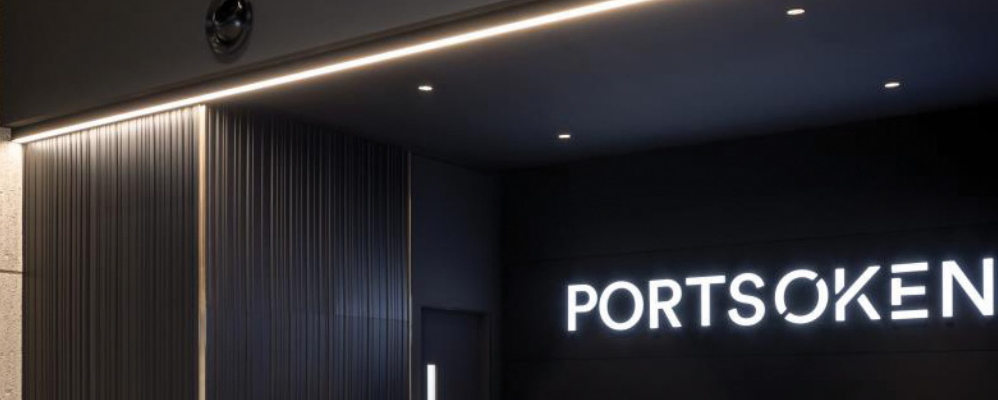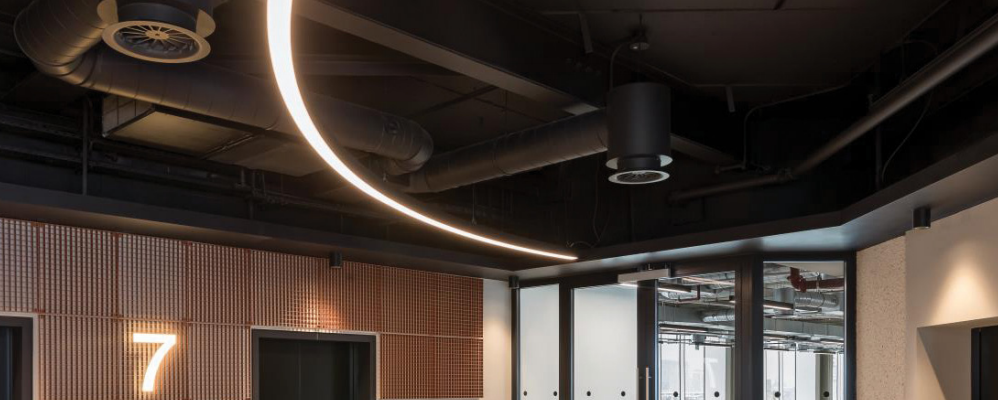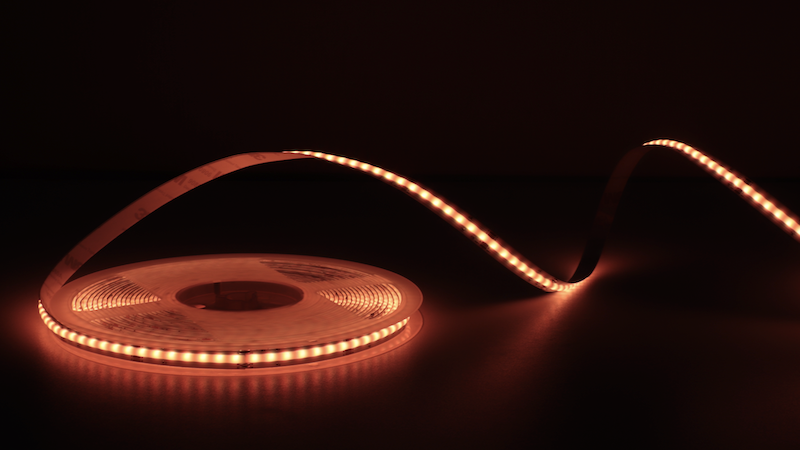Importing LED strips from China involves several steps to ensure a smooth and successful process. Here’s a general guide to help you navigate the importation process:

1. Research Suppliers:
- Identifying Potential Suppliers: Utilize multiple online platforms like Alibaba, Made-in-China, or Global Sources to explore a wide range of LED strip manufacturers and suppliers. Consider factors such as years in business, customer reviews, and product variety.
- Evaluating Suppliers: Look beyond product listings. Evaluate supplier profiles, certifications, factory capabilities, and quality control processes. Pay attention to response times, communication proficiency, and willingness to provide documentation.
2. Contact Suppliers:
- Communication: Craft personalized messages to suppliers outlining your requirements, including product specifications, desired quantities, customization needs, and any technical questions. Engage in meaningful conversations to gauge their professionalism and expertise.
- Requesting Quotations: Seek detailed quotations that include itemized costs, shipping terms, payment methods, lead times, and applicable warranties. Discuss pricing structures, volume discounts, and any potential additional charges upfront.
3. Request Samples:
- Sample Quality: Request samples from multiple suppliers to compare quality, construction, and performance. Pay attention to details like LED chip quality, color consistency, adhesive strength, and waterproofing.
- Testing Protocol: Establish a rigorous testing protocol for evaluating samples. Test for brightness, color accuracy, temperature management, and durability under various conditions. Document your findings systematically.

4. Negotiate Terms:
- Price Negotiation: Negotiate pricing based on factors such as order volume, customization complexity, and long-term partnership potential. Request a breakdown of costs to understand pricing structures and identify areas for negotiation.
- Payment Terms: Negotiate favorable payment terms, such as initial deposit percentage, milestone payments, or flexible payment schedules. Consider using escrow services for added payment security and peace of mind.
5. Arrange Shipping and Logistics:
- Shipping Options: Research various shipping methods and carriers to determine the most cost-effective and efficient option for your needs. Consider factors like transit time, shipping costs, reliability, and cargo insurance coverage.
- Customs Compliance: Familiarize yourself with import regulations, tariffs, and customs clearance procedures in your country. Ensure all necessary documentation, including commercial invoices, packing lists, and certificates of origin, is prepared accurately.
6. Place Order:
- Clear Communication: Confirm all order details in writing, including product specifications, quantities, pricing, payment terms, shipping instructions, and delivery deadlines. Ensure both parties have a clear understanding of the agreed-upon terms.
- Formal Contract: Consider drafting a formal purchase agreement or contract outlining rights, responsibilities, and dispute resolution mechanisms. Clearly define quality standards, inspection protocols, and liability clauses.

7. Monitor Production:
- Regular Updates: Maintain regular communication with the supplier to receive updates on production progress, potential delays, and quality control measures. Request photos, videos, or production samples to verify compliance with specifications.
- Quality Assurance: Implement a robust quality assurance process to ensure manufactured products meet your standards. Consider conducting on-site inspections, third-party testing, or factory audits to validate product quality and consistency.
8. Arrange Payment:
- Payment Schedule: Adhere to the agreed-upon payment schedule outlined in the contract or purchase order. Make payments promptly upon reaching predetermined milestones or production stages.
- Payment Security: Mitigate payment risks by using secure payment methods, such as bank transfers or letters of credit. Consider utilizing trade assurance services or payment escrow platforms for added financial protection.

9. Receive and Inspect Goods:
- Receiving Procedures: Coordinate closely with your logistics provider to arrange timely delivery and receipt of goods. Inspect packaging for signs of damage or mishandling before accepting delivery.
- Thorough Inspection: Conduct a thorough inspection of received goods to ensure they match the agreed specifications and quality standards. Check for any defects, discrepancies, or deviations from approved samples.
10. Distribute or Sell Products:
- Inventory Management: Integrate received inventory into your warehouse or distribution system promptly. Implement robust inventory management practices to track stock levels, monitor demand trends, and optimize reorder points.
- Sales and Marketing: Develop comprehensive sales and marketing strategies to promote and sell LED strips effectively. Leverage digital marketing channels, trade shows, and partnerships to expand your reach and maximize sales opportunities.
11. Build Relationships:
- Long-Term Partnership: Foster strong, mutually beneficial relationships with reliable suppliers based on trust, transparency, and open communication. Provide constructive feedback and collaborate on continuous improvement initiatives to drive mutual success.
- Feedback Mechanism: Establish a feedback mechanism to address any issues or concerns promptly. Encourage suppliers to share insights and suggestions for process optimization, product innovation, and cost reduction.

Important Considerations:
- Compliance and Certification: Ensure imported LED strips comply with relevant safety standards, certifications, and regulatory requirements in your target market. Verify supplier compliance documentation and product test reports to mitigate legal and safety risks.
- Supply Chain Resilience: Assess potential supply chain vulnerabilities and develop contingency plans to mitigate risks associated with geopolitical tensions, natural disasters, or logistical disruptions.
- Continuous Improvement: Implement a culture of continuous improvement across all stages of the importation process. Solicit feedback from stakeholders, conduct regular performance reviews, and seek opportunities for process optimization and innovation.
By following these detailed steps and considerations, you can navigate the complexities of importing LED strips



